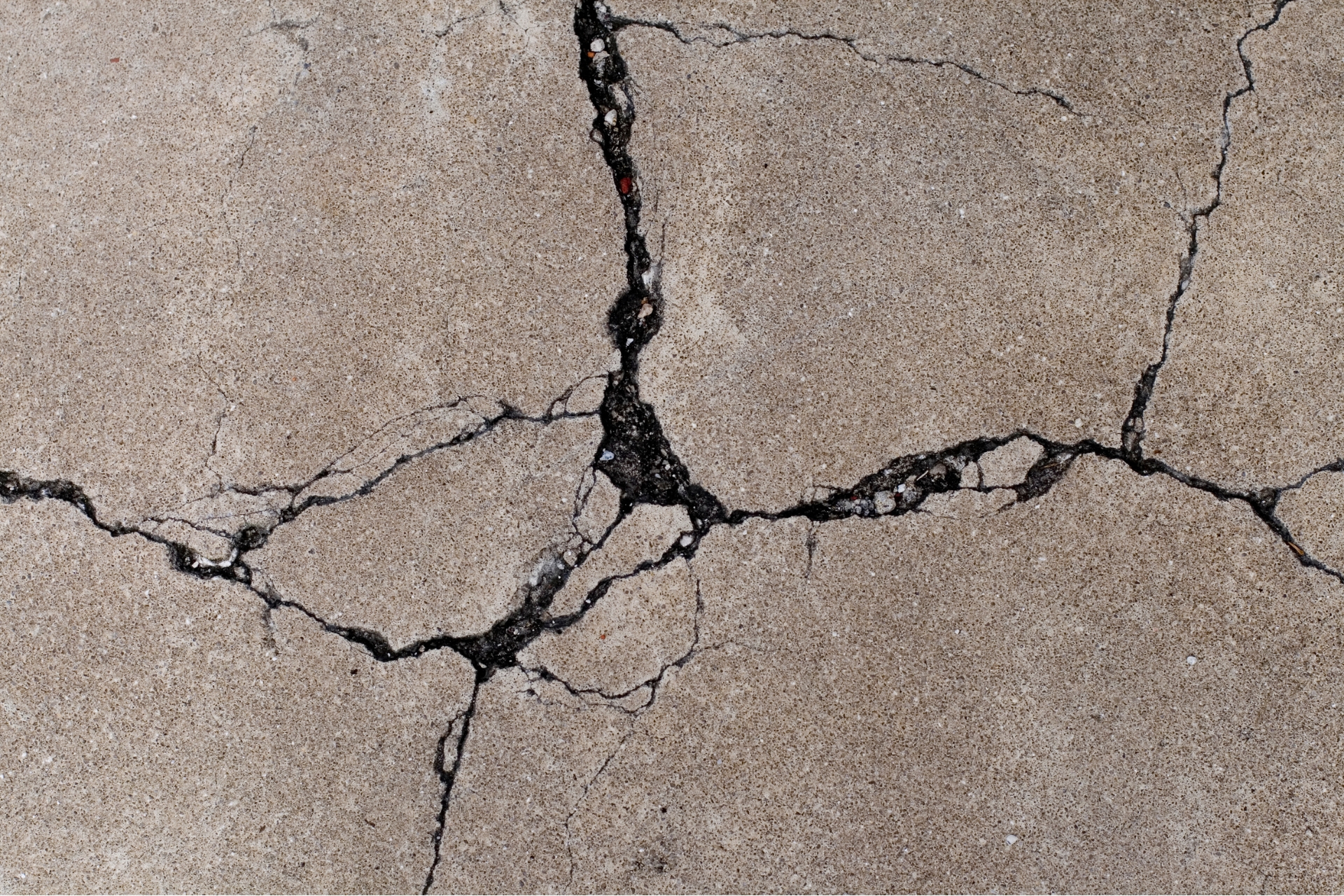Structure crack repair can be a homeowner’s nightmare, raising concerns about safety, property value, and costly repairs. However, understanding the types of cracks and how to address them can save you time, money, and stress. In this blog post, we’ll walk you through the process of identifying, assessing, and fixing structural cracks in your home.
What Are Structural Cracks?
Structural cracks are fractures in walls, floors, or foundations that typically result from issues like settling, shifting soil, water damage, or pressure on the building’s structure. Unlike superficial cracks, structural cracks can compromise the stability of your home and require prompt attention.
Types of Structural Cracks
Before diving into repairs, it’s crucial to identify the type of crack you’re dealing with:
- Horizontal Cracks: Often caused by excessive pressure on foundation walls, such as from expanding soil or water. These cracks are a red flag for serious structural issues.
- Vertical Cracks: Commonly caused by settling of the foundation. These are typically less severe but should still be monitored and addressed.
- Diagonal Cracks: Often indicate uneven settling or shifting of the foundation. The severity depends on the size and location of the crack.
- Stair-Step Cracks: Found in brick or block walls, these cracks mimic a staircase pattern and often signify foundation movement.
Step-by-Step Guide to Fixing Structural Cracks
1. Inspect the Crack
Start by thoroughly inspecting the crack to determine its size, direction, and location. Measure the width and length of the crack and note any changes over time.
- Hairline Cracks (<1/16 inch wide): Usually superficial but monitor for growth.
- Wide Cracks (>1/4 inch wide): Likely indicate a structural issue and require immediate attention.
2. Identify the Underlying Cause
Determine the root cause of the crack. Common causes include:
- Foundation settling
- Water intrusion
- Poor drainage
- Soil expansion or contraction
Addressing the cause ensures your repair lasts and prevents future cracks.
3. Prepare for Repair
Before starting the repair, gather the necessary tools and materials:
- Epoxy or polyurethane injection kits
- Hydraulic cement
- Chisel and hammer
- Wire brush
- Protective gloves and goggles
4. Fix the Crack
For Hairline Cracks:
- Clean the crack using a wire brush to remove debris.
- Apply epoxy or polyurethane sealant to fill the crack and prevent water intrusion.
For Wider Cracks:
- Use a chisel to widen the crack slightly, creating a V-shape for better bonding.
- Clean out debris and dust with a vacuum or brush.
- Apply hydraulic cement to fill the crack, ensuring a solid and durable seal.
- For deep cracks, inject epoxy or polyurethane foam to fill gaps inside the wall.
5. Reinforce the Area
For severe structural cracks, reinforcement may be necessary:
- Carbon Fiber Strips: Attach strips to stabilize walls and prevent further movement.
- Steel Reinforcements: Install steel brackets or beams for additional support.
6. Monitor the Repair
After completing the repair, keep an eye on the area for any new cracks or signs of movement. Regular inspections ensure long-term stability.
When to Call a Professional
While minor cracks can often be repaired by homeowners, some situations call for expert intervention:
- Horizontal or wide cracks indicating significant structural issues.
- Cracks accompanied by bowing walls or sinking foundations.
- Recurring cracks despite previous repairs.
Professional structural repair services can assess the damage, provide long-term solutions, and ensure your home remains safe.
Preventing Future Structural Cracks
- Maintain Proper Drainage: Ensure gutters and downspouts direct water away from the foundation.
- Address Soil Issues: Stabilize expansive or shifting soil around your home.
- Monitor Your Home: Regularly inspect your property for signs of settling or damage.
- Schedule Maintenance: Periodic professional inspections can catch issues early and prevent costly repairs.
Conclusion
Structural cracks are a serious issue, but they don’t have to be overwhelming. By understanding their causes and solutions, you can take proactive steps to protect your home’s structural integrity. Whether you’re tackling minor cracks yourself or enlisting professional help, addressing these issues promptly ensures your home stays safe and secure for years to come.
Need professional assistance? Contact DRY Max Basement, LLC today for expert structural repair services and peace of mind!



Comments are closed